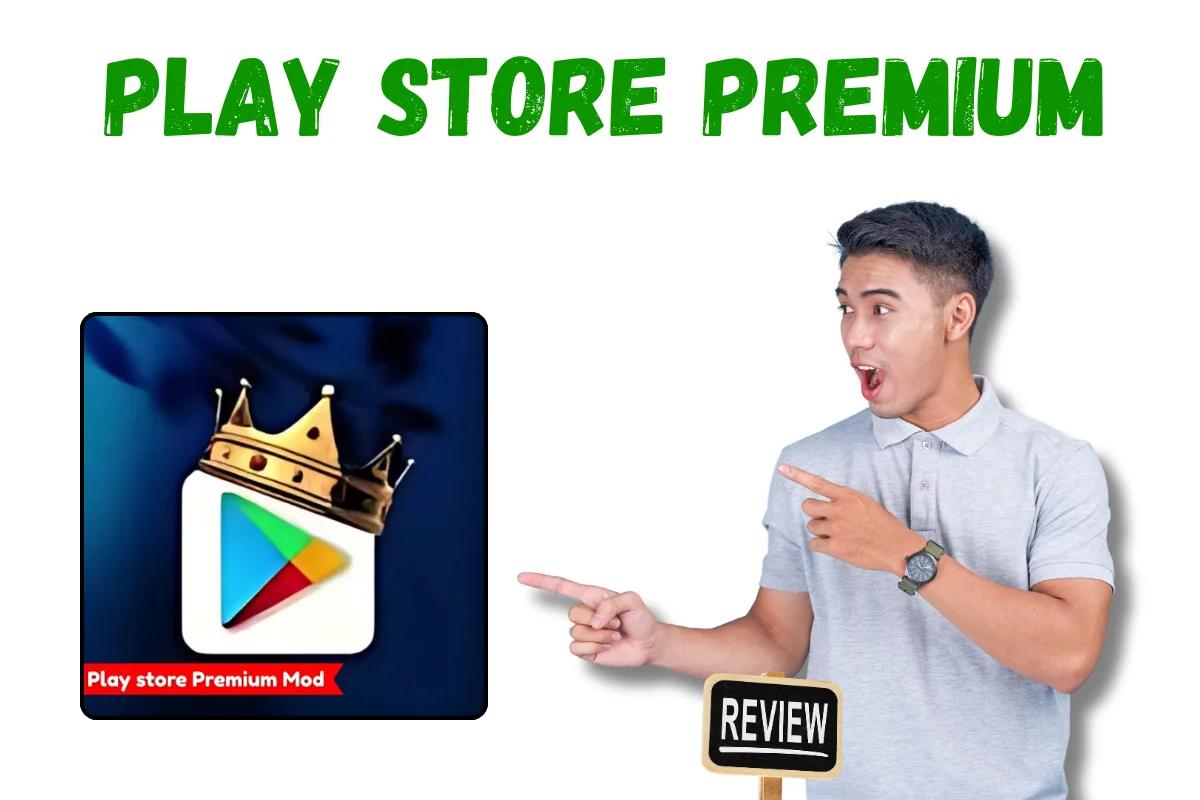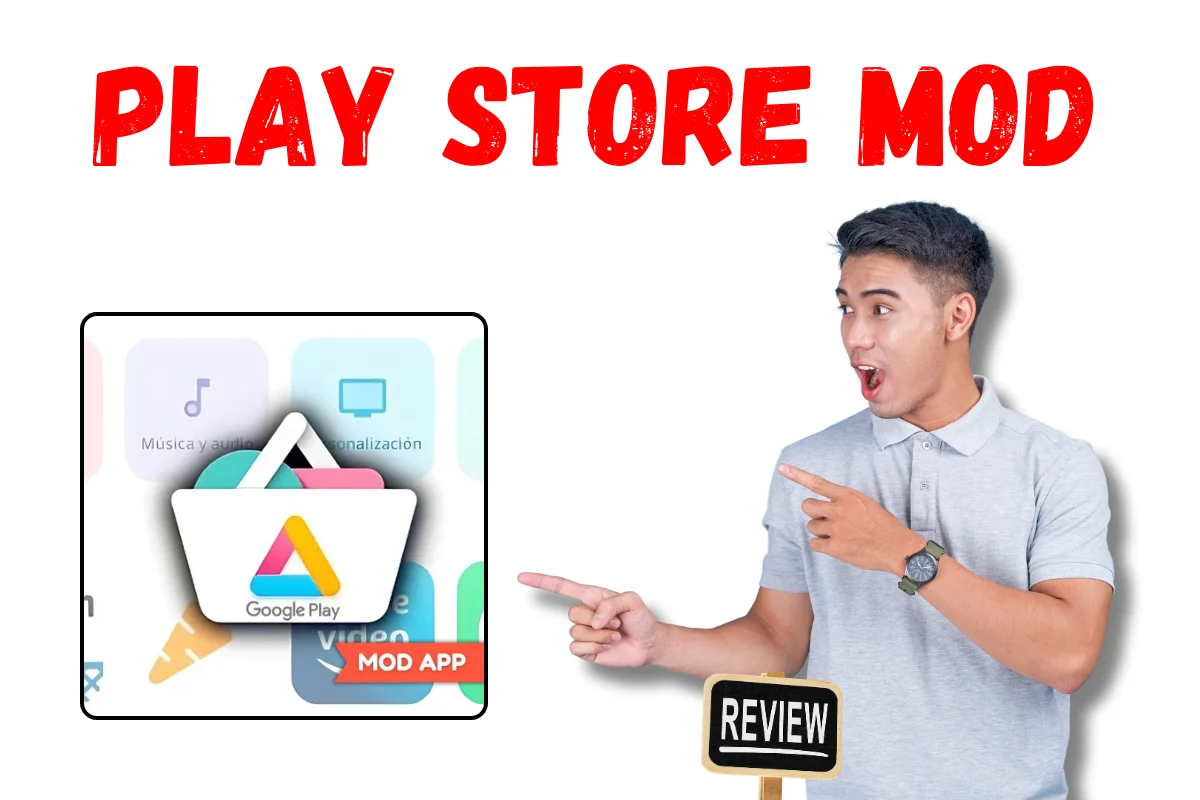Roblox is more than just a gaming platform; it’s a gateway to your imagination. With over 60 million daily players, it’s a favorite for creators and developers aiming to share unique gaming experiences with the world. A significant part of what makes Roblox games immersive is character creation. Whether you’re a developer building a masterpiece or a new creator exploring Roblox Studio, designing a custom character is your chance to add personality and uniqueness to your game.
This blog will guide you through the essentials of creating characters in Roblox, including step-by-step instructions, customization options, and expert tips to help take your designs to the next level.
Understanding Roblox Characters
Before you start building, it’s important to understand how Roblox characters work. A Roblox character is essentially a 3D humanoid model controlled by players. The default character includes essential components, such as the HumanoidRootPart, torso, limbs, and head, along with the Humanoid object, which controls animations and health.
Characters fall under either R6 or R15 rig types:
- R6 Characters use six parts for their body (e.g., torso and limbs), making them simpler and often used for traditional Roblox experiences.
- R15 Characters use 15 individual parts and allow for more advanced animations and movement.
When creating or customizing characters, these underlying structures will help you understand how to align, move, or script components effectively.
Step-by-Step Guide to Creating a Roblox Character
Follow these steps to create a basic character within Roblox Studio:
1. Open Roblox Studio
Download and open Roblox Studio, ensuring you’re logged in to your account. Start a new project or open an existing one where you want to create your character.
2. Access the Explorer and Toolbox
Enable both the Explorer and Toolbox panels by navigating to the “View” tab and selecting these options. These tools will make it easier to build and customize your character.
3. Insert a Humanoid Model
To start building your character:
- Right-click the Workspace in the Explorer panel.
- Select Insert Object > Model.
- Rename the new model to “Character.”
Within the model, add a Humanoid object (this allows the model to act as a playable character).
4. Build the Basic Structure
Using the Toolbox or parts toolbox, insert the body parts (Torso, Head, LeftArm, RightArm, etc.). Make sure the parts are properly connected by using welds or Motor6Ds to ensure smooth movement and animations.
5. Anchor and Align Your Character
Before moving on to animations or scripts, ensure all parts are properly aligned and grouped within the model. Use the Move Tool and grid snapping to position components accurately.
At this point, you have a functioning character model ready for further customization!
Customizing Characters with Clothing and Accessories
One of the joys of Roblox lies in its customization options. After building your character’s structure, you can style and personalize it to suit your game’s theme or your vision.
Add Clothing
- Shirts and Pants: Upload your designs as templates or purchase clothing from the Roblox catalog. Once uploaded, apply the clothing to your model by adding the Shirt and Pants objects in the Explorer panel, then set the texture ID to your uploaded clothing.
- T-Shirts: T-shirts act as texture overlays and can be added to the torso for extra design detail.
Add Accessories
Use the Toolbox to search for hats, glasses, belts, or other accessories. Insert these into your character model and align them to fit the head or body parts. Here are some examples of the customization possibilities:
- Themed Gear (e.g., swords or jetpacks)
- Headwear (e.g., crowns, headphones)
- Unique Animations (e.g., dancing, jumping styles)
Color Choices
Use the Properties window to customize colors for different body parts or accessories. Combine muted tones with standout shades for a visually engaging character.
Advanced Character Techniques
For those who want to go beyond the basics, advanced techniques allow for even more creative freedom.
1. Using Scripts for Interactivity
Scripts can bring your character to life and enable interactivity. Here’s how to get started:
- Animations: Add an AnimationController and upload custom animation clips. For example, upload a unique walking animation to replace the default walk.
- Actions: Write Lua scripts to allow characters to perform actions like fighting, picking up objects, or interacting with the environment.
- Example Script Snippet:
“`lua
local character = script.Parent
local humanoid = character:WaitForChild(“Humanoid”)
humanoid.Died:Connect(function()
print(“The character has been defeated!”)
end)
“`
2. Importing 3D Models
Use 3D modeling software like Blender to create custom body parts or accessories. Export your model as an .obj file, then import it into Roblox Studio to integrate with your character.
3. Advanced Rigging
Switch to Custom Rigs with multiple joints if your game requires complex movements or poses. R15 rigs are perfect for advanced rigging and animations.
Tips and Tricks for Optimizing Performance
- Keep It Simple: Avoid overloading your character with unnecessary high-polygon models that might affect game performance, especially for mobile players.
- Test Thoroughly: Frequently test character animations and movement under different scenarios to identify any misaligned parts or glitches.
- Use Templates: Speed up your workflow by using community templates available in the Toolbox as a base for further customization.
- Stay Updated: Roblox frequently introduces new tools and features for developers. Keep an eye on updates to refine your character creation techniques.
Build Characters That Leave a Lasting Impression
Characters are at the heart of every Roblox game. Whether you’re creating a simple avatar for a casual experience or a detailed model for an epic adventure, mastering the art of character creation will elevate your game’s appeal and keep players coming back for more.
Start small, experiment often, and don’t shy away from trying advanced techniques as you grow more confident. And remember, Roblox is as much about creativity as it is about the fun of building and playing together.
Want more tips on Roblox development? Explore our complete library of guides or join our community for creators.





